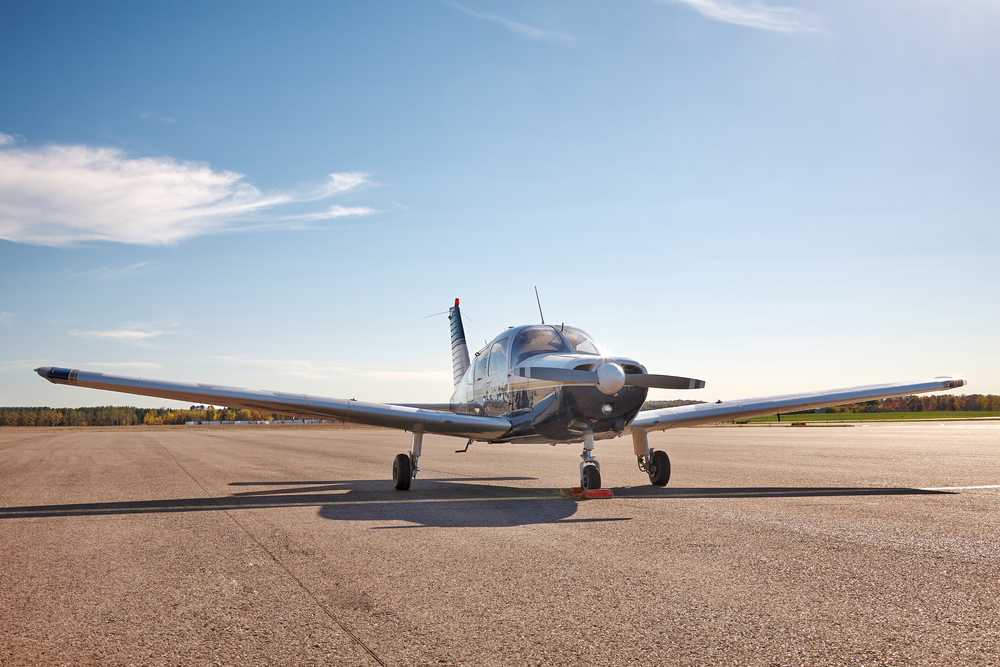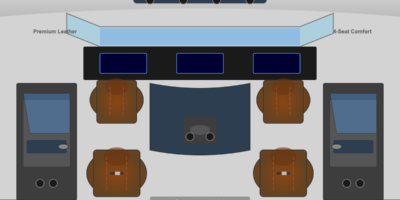Flight schools worldwide rely on the Cessna 150 and 152 for primary training. These two-seat taildraggers taught millions of pilots to fly from the 1950s through today. Understanding the differences between these similar aircraft helps students, flight schools, and budget-conscious pilots choose the right trainer. Both are affordable, simple, and reliable—but subtle distinctions matter.
Quick Answer: The Cessna 150 (1959-1977) uses a 100 hp Continental O-200 engine, while the 152 (1977-1985) features a 110 hp Lycoming O-235 with improved fuel efficiency. The 152 has 28-volt electrical system versus the 150’s 14-volt. Performance is nearly identical: both cruise at 90-100 knots, burn 5-6 GPH, and carry 420-490 pounds useful load. Prices run $18,000-$35,000 for good examples. Operating costs: $75-$100/hour including reserves.
Engine Differences and Performance
The 150’s Continental O-200 produces 100 hp at 2,750 RPM. This four-cylinder engine is simple, reliable, and has a 1,800-hour TBO. Overhauls cost $18,000-$24,000. The engine runs smoothly and tolerates student abuse reasonably well. Parts are plentiful and every A&P knows the O-200. However, the engine burns more fuel per horsepower than the 152’s powerplant.
The 152’s Lycoming O-235 delivers 110 hp at 2,550 RPM—10 more horsepower at lower RPM. The extra power is barely noticeable in actual operation. However, the O-235 burns less fuel thanks to better thermodynamic efficiency. TBO is 2,000 hours with overhauls costing $20,000-$26,000. The engine runs slightly rougher than the Continental but proves equally reliable. The lower redline RPM means less engine stress and quieter operation.
Useful Load and Weight Capacity
Early 150s offer approximately 490 pounds useful load. Later models with additional equipment have 420-450 pounds typical. With full fuel (26 gallons, 156 pounds), two 170-pound occupants fit comfortably. Add full fuel and two large adults, and you’re over gross weight. Most training operations use reduced fuel—15-20 gallons—to accommodate heavier students and instructors.
The 152 provides similar useful loads: 420-490 pounds depending on equipment. Despite the heavier engine, useful load is comparable due to other weight savings. The same fuel capacity limitations apply. Both aircraft work best with two average-sized occupants and partial fuel. For primary training, full fuel is unnecessary—local flights burn 5-10 gallons. Cross-country training requires fuel planning to stay within weight limits.
Electrical System Differences
The 150’s 14-volt electrical system powers basic avionics and lighting. The system handles nav/com radios, transponders, and basic instruments adequately. However, adding modern GPS and electronic instruments strains the alternator’s capacity. Battery capacity is limited, making electrical failures more critical. The 14-volt system is becoming obsolete as avionics evolve.
The 152’s 28-volt system provides more electrical capacity for modern avionics. Adding GPS, ADS-B, and upgraded lighting is easier. The alternator produces more power with better voltage regulation. Battery capacity doubles compared to 14-volt systems. For flight schools upgrading avionics, the 28-volt system is a significant advantage. However, a basic VFR 150 with minimal avionics works fine with 14 volts.
Handling and Flight Characteristics
Both aircraft handle nearly identically. Light elevator forces make flaring easy for students. The strut-braced high wing provides stable flight. Control harmony is excellent with proper rigging. Stall characteristics are gentle with adequate warning. Recovery is straightforward—reduce back pressure and add power. Slow flight is docile and predictable.
The 152 has slightly heavier ailerons due to longer wings. This creates more authoritative roll control but requires more force. Students sometimes struggle with the heavier ailerons initially. The 150’s lighter ailerons feel more responsive. Both aircraft are forgiving of student errors. Ground handling is similar with steerable nose wheel and adequate brakes. Crosswind limits are 12 knots for both aircraft.
Fuel Efficiency and Operating Costs
The 150 burns approximately 6 gallons per hour at cruise power. At $6 per gallon, fuel costs run $36 per hour. The 152 consumes 5-5.5 GPH thanks to the more efficient Lycoming engine. Fuel cost drops to $30-$33 per hour. Over 1,000 annual flight hours (typical for busy flight schools), the 152 saves $3,000-$6,000 in fuel costs.
Maintenance costs are similar. Annual inspections run $1,200-$2,000 for either aircraft. Both require 50-hour inspections costing $300-$500. Engine reserves are $10-$12 per hour for eventual overhaul. Insurance costs $800-$1,500 annually depending on use and pilot experience. Total operating costs including reserves average $75-$100 per hour. The 152’s fuel savings provide a slight edge for high-time operations.
Market Availability and Pricing
The 150 was produced from 1959-1977 with 23,839 built. The large fleet ensures parts availability and plenty of used examples. Prices range from $18,000 for run-out, basic models to $35,000 for low-time aircraft with upgraded avionics. Mid-1970s models with modern panels sell for $25,000-$30,000. The 150 remains popular for budget-conscious buyers.
The 152 ran from 1977-1985 with 7,584 produced. The smaller fleet creates less selection but adequate availability. Prices run $22,000-$40,000 depending on condition and equipment. The 152 typically costs $2,000-$5,000 more than comparable 150s. Glass-panel 152s reach $45,000-$50,000. For flight schools, the 152’s improved fuel efficiency justifies the higher purchase price over 5-10 years.
Training Suitability
Both aircraft excel at primary training. The simple systems teach fundamentals without complexity. Students master basic airmanship before advancing to complex aircraft. The forgiving handling builds confidence. Slow flight and stalls are safe and predictable. Ground reference maneuvers work well at the aircraft’s slower speeds.
The limited useful load teaches proper weight and balance discipline. Students learn fuel planning early when every gallon matters. Cross-country training requires careful planning with limited speed and endurance. The lack of autopilot and advanced avionics focuses students on fundamental flying skills. Both the 150 and 152 produce pilots with solid stick-and-rudder skills.
Ownership Considerations
Personal ownership of either aircraft provides affordable flying. Hangar costs vary by location but protecting the aircraft from weather is important. Tie-down storage works but accelerates deterioration. Budget $3,000-$5,000 annually for insurance, annual inspection, and routine maintenance. Engine reserves require $1,000-$1,500 annually.
Parts availability is excellent for both models. Cessna and aftermarket suppliers stock everything needed. Most A&P mechanics are familiar with these aircraft. Common ADs include seat rail inspections and control system checks—neither aircraft has expensive recurring ADs. Plan for unexpected maintenance: $1,000-$2,000 annually covers typical surprises. Total annual costs run $6,000-$9,000 plus hourly operating expenses.
Which Aircraft to Choose
Choose the 150 if budget is paramount. The lower purchase price and abundant availability make finding the right aircraft easier. The 14-volt system is adequate for basic VFR flying. The Continental engine has proven reliability over 60+ years. For private owners flying 50-100 hours annually, the 150 provides affordable flying with acceptable performance.
Choose the 152 if fuel efficiency matters or if adding modern avionics. Flight schools flying 500+ hours annually save significantly on fuel costs. The 28-volt electrical system supports GPS, ADS-B, and modern instruments better. The Lycoming engine’s 2,000-hour TBO provides longer time between overhauls. For training operations or pilots flying frequently, the 152’s advantages justify the higher initial cost. Both aircraft serve the same mission well—your budget and intended use determine which fits better.
Join the Aircraft Insider Community
Get exclusive backcountry flying tips, aircraft reviews, and Western aviation destinations delivered to your inbox.
✈️ No spam, ever. Unsubscribe anytime. Privacy respected.




Leave a Reply